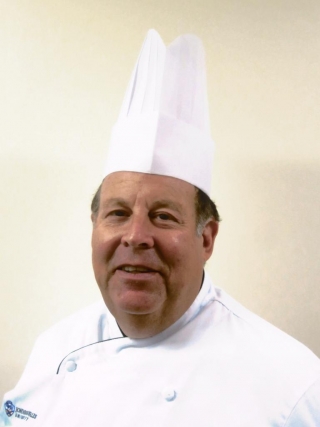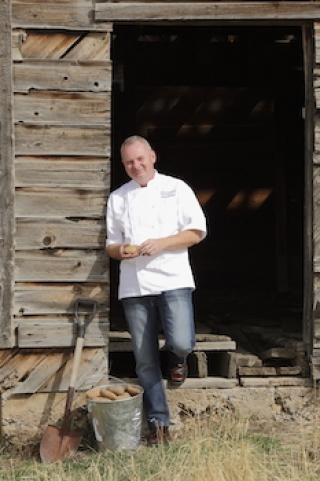
A Craft Butcher’s Workshop
Wednesday, 02 December 2015 23:33A meat fabrication workshop reminds Chef Lazar of his past while teaching students important skills for the future.
By Chef Alan Lazar CCE, M.Ed., Johnson & Wales University, North Miami, Florida
The meat industry has been in a silent revolution that is getting louder every day. More and more people are calling for locally sourced meat and the meat industry is happily answering those calls.




